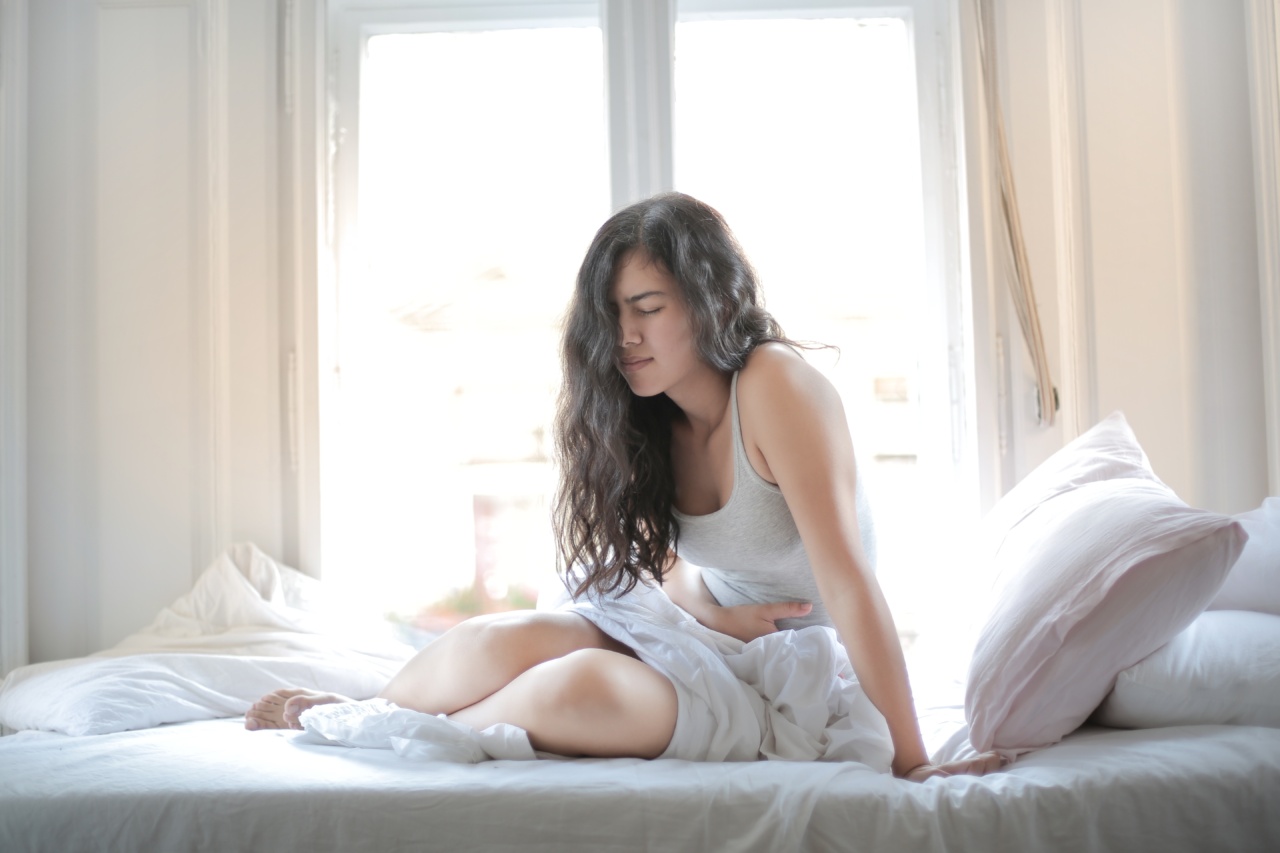Cramps, also known as menstrual cramps, can be a painful and uncomfortable experience for many women. They typically occur in the lower abdomen and can range from mild to severe.
While there is no cure for cramps, there are several techniques that can help alleviate the pain and discomfort associated with them.
1. Apply Heat
One of the most effective ways to relieve cramps is to apply heat. This can be done using a heating pad, hot water bottle, or warm towel. The heat helps to increase blood flow to the affected area, which can help to reduce pain and discomfort.
2. Take Over-the-Counter Pain Medication
Over-the-counter pain medications such as ibuprofen and naproxen can also be effective in relieving cramps. These medications work by reducing inflammation and blocking the production of prostaglandins, which are responsible for causing cramps.
It is important to follow the recommended dose on the packaging and to speak with a healthcare provider before taking any new medication.
3. Exercise
While it may be the last thing on your mind when experiencing cramps, light exercise such as walking or yoga can help relieve pain and discomfort. Exercise helps to release endorphins, which are natural pain relievers.
It also helps to increase blood flow to the affected area, which can help to reduce cramping.
4. Take a Warm Bath
Taking a warm bath can also be effective in relieving cramps. The warm water helps to relax the muscles, which can help to reduce pain and discomfort.
Adding Epsom salt to the bath can also be helpful, as the magnesium in the salt can help to relieve cramps.
5. Try Acupuncture
Acupuncture is a traditional Chinese medicine that involves the insertion of tiny needles into specific points in the body. It has been found to be an effective treatment for menstrual cramps.
Acupuncture helps to increase blood circulation and release endorphins, which can help to reduce pain and discomfort.
6. Use Essential Oils
Essential oils such as lavender and peppermint can also be effective in relieving cramps. These oils can be added to a warm bath or diffused in a room to help relax the muscles and reduce pain and discomfort.
It is important to speak with a healthcare provider before using essential oils, as some oils may not be safe for everyone.
7. Practice Relaxation Techniques
Practicing relaxation techniques such as deep breathing or meditation can also be effective in relieving cramps. These techniques help to reduce stress and anxiety, which can exacerbate cramps.
Relaxation techniques also help to release endorphins, which can help to reduce pain and discomfort.
8. Get Enough Sleep
Getting enough sleep is important for overall health and can also be effective in relieving cramps. Lack of sleep can increase stress and anxiety, which can exacerbate cramps. It is recommended to get at least 7-8 hours of sleep per night.
9. Use a Menstrual Cup
Using a menstrual cup can also be effective in relieving cramps. Menstrual cups are made of silicone or latex and are inserted into the vagina to collect menstrual fluid.
They can help to reduce cramps by creating a gentle suction that helps to massage the uterus and increase blood flow.
10. Speak with a Healthcare Provider
If cramps are severe or interfere with daily activities, it is important to speak with a healthcare provider. They can help determine the underlying cause of the cramps and recommend appropriate treatment options.
In some cases, medication or other medical treatments may be necessary.






























